Borderline Visible: A Time-Based Book
A book that asks you to listen, turn, and experience...
“This is a story of two people heading off on a long journey. One of them falls sick and has to stop. The other ends up continuing alone…”
I’m sitting in our little garden. Headphones on. A book over the table. On the other side, someone asks me to feel the pages with my thumb. “About 230 pages. We’ll skip some of them”, he says. “Also, some pages are blank, or black. At times you may need to close your eyes, a different kind of darkness…”
I open the book.
“Turn to page two”.
What follows is a way of experiencing a book that I’ve never experienced before. There’s words, but there’s also sounds, pictures, music, silence…
At some points I’m jumping forward and back.
“Keep this page with your left hand and turn to page 104. One zero four” I’m told.
The book is called Borderline Visible, it’s the first in the Time Based Editions series where an audio track, triggered by a QR code, combines narration, soundscape and instructions that guide you over a given time through the book. That’s the format we’re exploring today.
📰 What’s the format?
A printed book with an interactive soundtrack, or a “time-based edition”, as creators Ant Hampton and David Berger call it. It’s a book of photos and text fragments with an audio track that combines narration, a soundtrack, and instructions to guide you through it along a non-linear path. The audio and visuals are separate elements, held together in the present through your physical participation: turning, flipping and comparing pages, filling in the blanks, listening…
I don't like big spectacles that show the money. I like a sort of humble approach where you can sort of see the nuts and bolts, understand how things are happening, and perhaps also be a part of it as well. And I'm also interested in liveness, which can come about from automated means. Things that are scalable, but that trigger live experiences… Ant Hampton
🎛️ What are the features?
In an interview with Kent Bye (The Voices of VR Podcast) Borderline Visible creator, Ant Hampton, shares some of what’s behind this format. Here are a few interesting snippets:
You build trust first. “It kind of feels a bit silly to be told to put your finger on an image of a marble floor of a cathedral in Thessaloniki and to imagine what the marble feels like […] So it's as kind of pointless to do it. And yet we do it, and we imagine, and something happens, and the meaning of those images shifts somewhere. I'm interested in these humble gestures. They create a subtle contract between the participant and the experience, leading them just far enough to engage, to place their finger on the page. These tiny moments of participation build upon each other, step by step, taking us on a different kind of journey, one that unfolds within another travelogue”.
The format goes beyond the thing. A book is no longer a self-contained object. Instead, it becomes a time-based medium, “just like a movie or a theater piece…”
It involves the audience completely. “It was always intended for the book to be read in a non-linear way, moving forward and backward, jumping between sections…” One of the main reasons was to engage the body, creating a more physical relationship with the book. Hampton wanted to step away from a linear journey that’s just handed to the reader.
You're not just shown the nuts and bolts, you are the nuts and bolts. “…and you become very aware of your role in making the thing happen […] It increases the emotional impact of what you're committing to and revealing in your participation.”
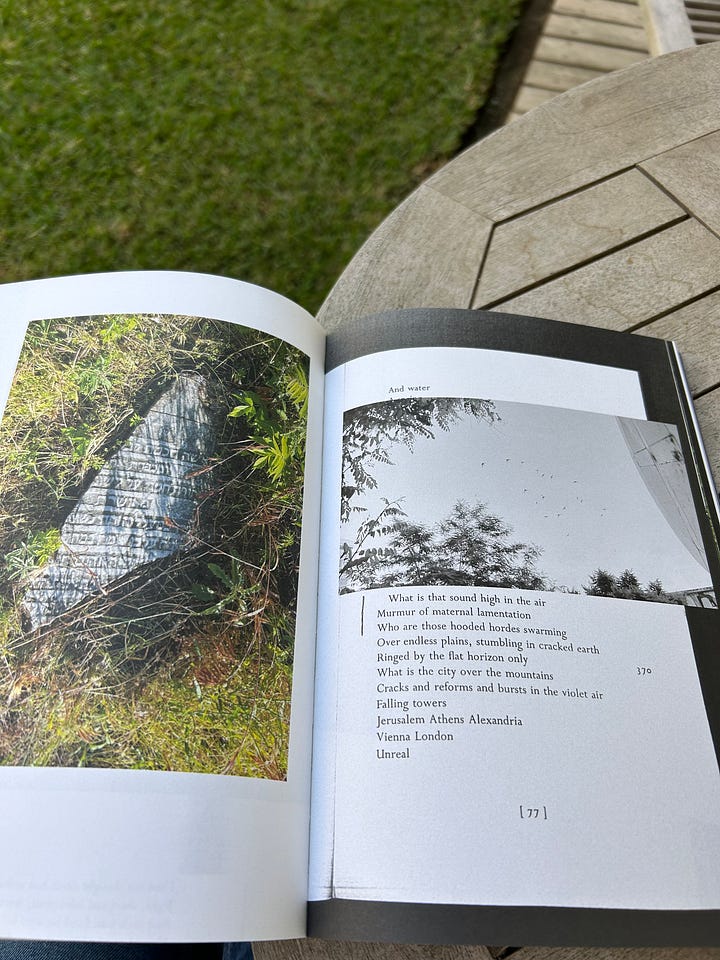
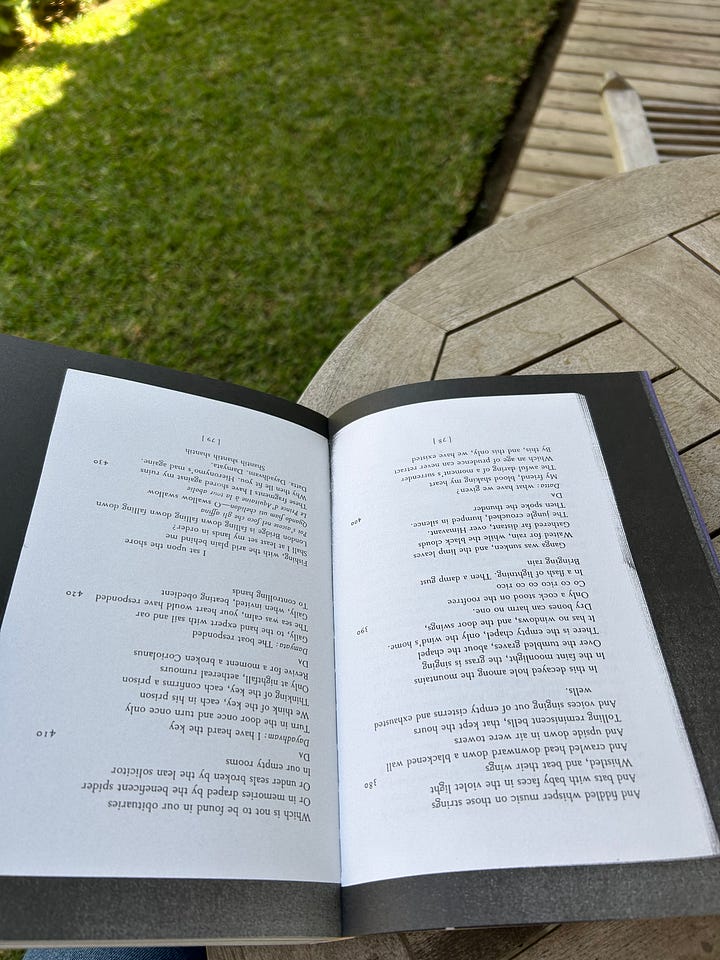
The book is not backwards in the second picture It can be a collective experience. “When you turn a page on your own, you hardly notice it. But when everyone turns their pages together, it creates this beautiful, choreographed moment. A wave of movement and sound filling the room. That shared experience makes you feel part of something larger than yourself. And when you're witnessing something together, that sense of presence becomes important, you can lean on each other in a way…”
… but it’s also personal. In an unexpected kind of way. After all, you’re listening to someone whisper in your ear as you navigate a journey of history, language, the Greek border with Turkey, memories, sounds… all while turning, listening, pausing, asking… It’s like being in an intimate conversation with someone. At times I was reminded of Bob Balaban, the narrator in Moonrise Kingdom.
“There are no paved roads, but (sound of an airplane) here comes Jed with the mail!” (I sometimes fantasize with the idea of my life narrated by Bob Balaban.)
💡 Why is this format effective for learning?
Borderline Visible reminded me of an experiment that tracked how people’s eyes moved while studying the photograph below: Girl from Volga.
Researchers tracked how people's eyes moved across the image, showing that rather than focusing on one spot, their eyes constantly jumped between different areas, returning more often to the most interesting parts. Our brains naturally scan for details by shifting focus rather than staring at a single place for a long time. Which is in a way what Borderline Visible invites you to do... Instead of presenting information in a straightforward way, it invites the reader to jump, pause, compare, and return. The book turns reading into an active, multisensory process, much like how we naturally observe and make sense of the world.
This suggests that instead of telling people to pay attention, we might encourage them to explore from different angles. Just like our eyes naturally move to take in more information, physically shifting perspectives by moving around or viewing something in different ways, could help us notice more and understand better.
Similarly, sound plays a crucial role in attention and memory. Our brains process sound dynamically, much like they process visual information: scanning for cues, detecting patterns, and creating emotional connections. When layered with text and images, sound becomes a powerful learning tool, helping us feel the experience rather than just absorb it passively.
This format is effective for learning because it’s an experience that produces a rich blend of all the senses.
We feel the experience, and emotion is key to learning.
💌 An invitation
Books are often thought of as linear, static object. But Borderline Visible challenges that notion. It asks: What if a book was something you listened to, navigated, performed? What if it required your participation to fully exist?
Reading doesn’t have to be passive. Learning doesn’t have to be passive.
What happens when we break the boundaries of a format? When we blend text with sound, image with movement, structure with fluidity?
What are you creating next, and how might you make it something that’s felt, not just read; heard, not just seen, experienced, not just consumed…?
🪁 Life Lately
This section is a little peek into what I’ve been up to these days (projects, music, books, and more…)
Started reading The Lunar Men by Jenny Uglow
Got to work in person with
for a few days in AntiguaVisited colorful Oaxaca and had the best breakfast I’ve ever had in my life (first picture is the post-eating feeling).
Met with
and re-listened to this beautiful podcast recommendation she gave me a while ago.Been curious to learn more about worldbuilding




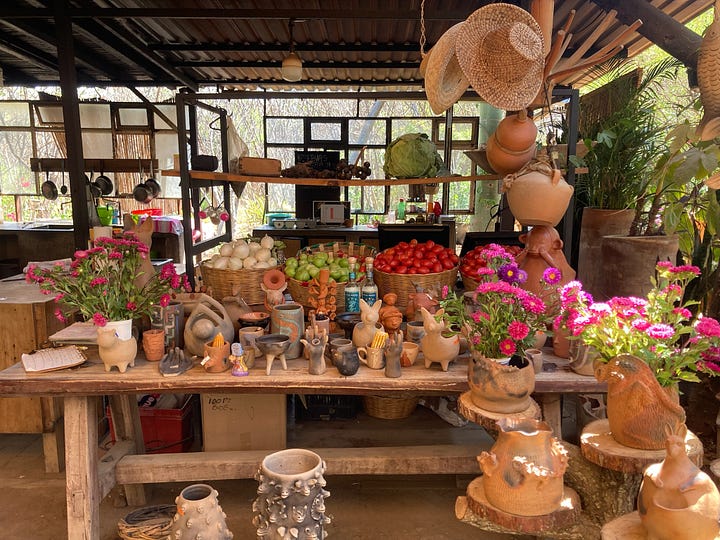
*This post’s cover video is courtesy of Upamanyu.
I appreciate your time. Thank you for reading! 💙 I also value your feedback (suggestions, critiques, constructive ideas…) as well as your tips or suggestions for future editions. I’d love to hear about you in the comments.
→ Or just click the heart symbol. That always makes me smile :-)



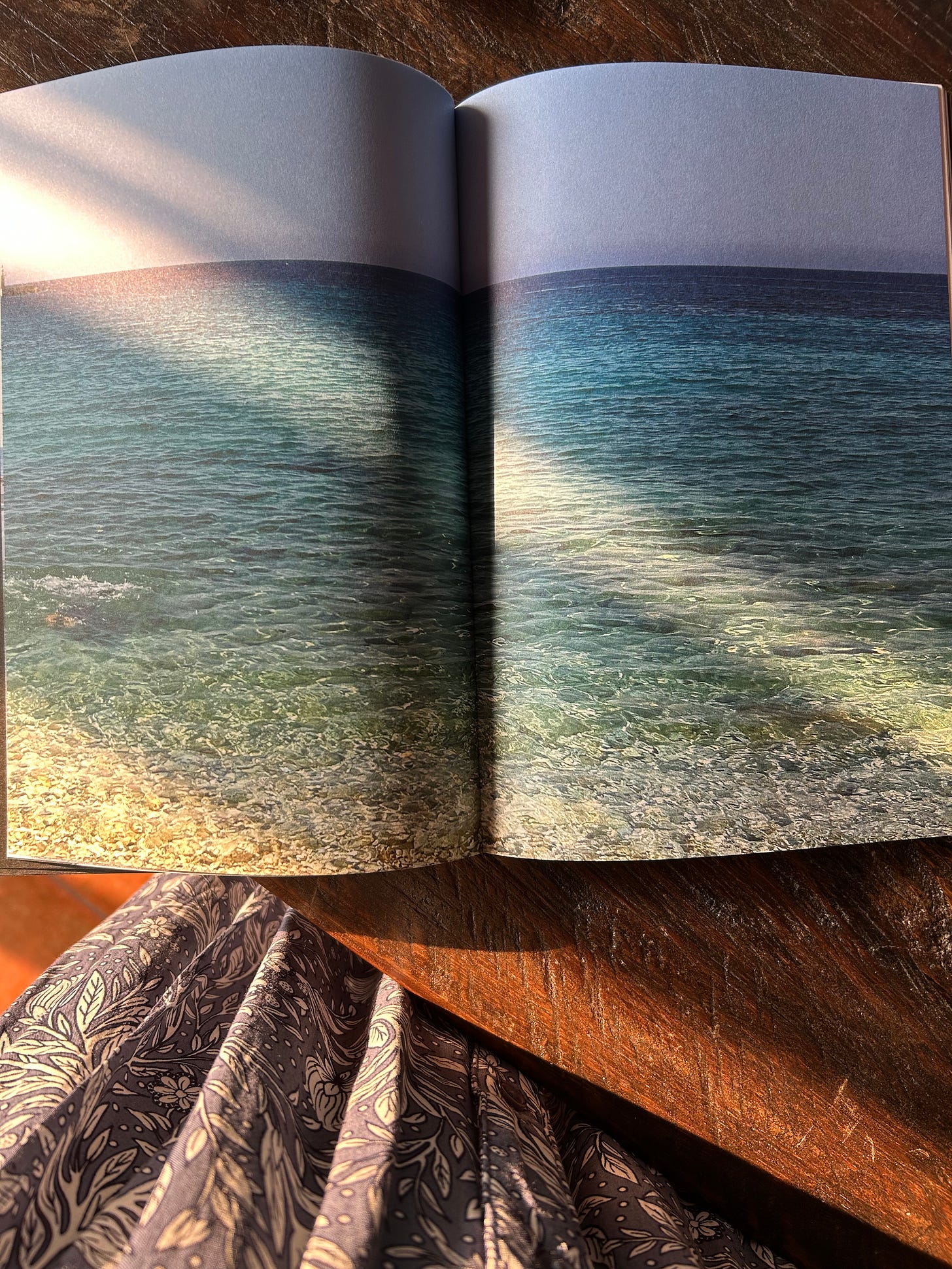




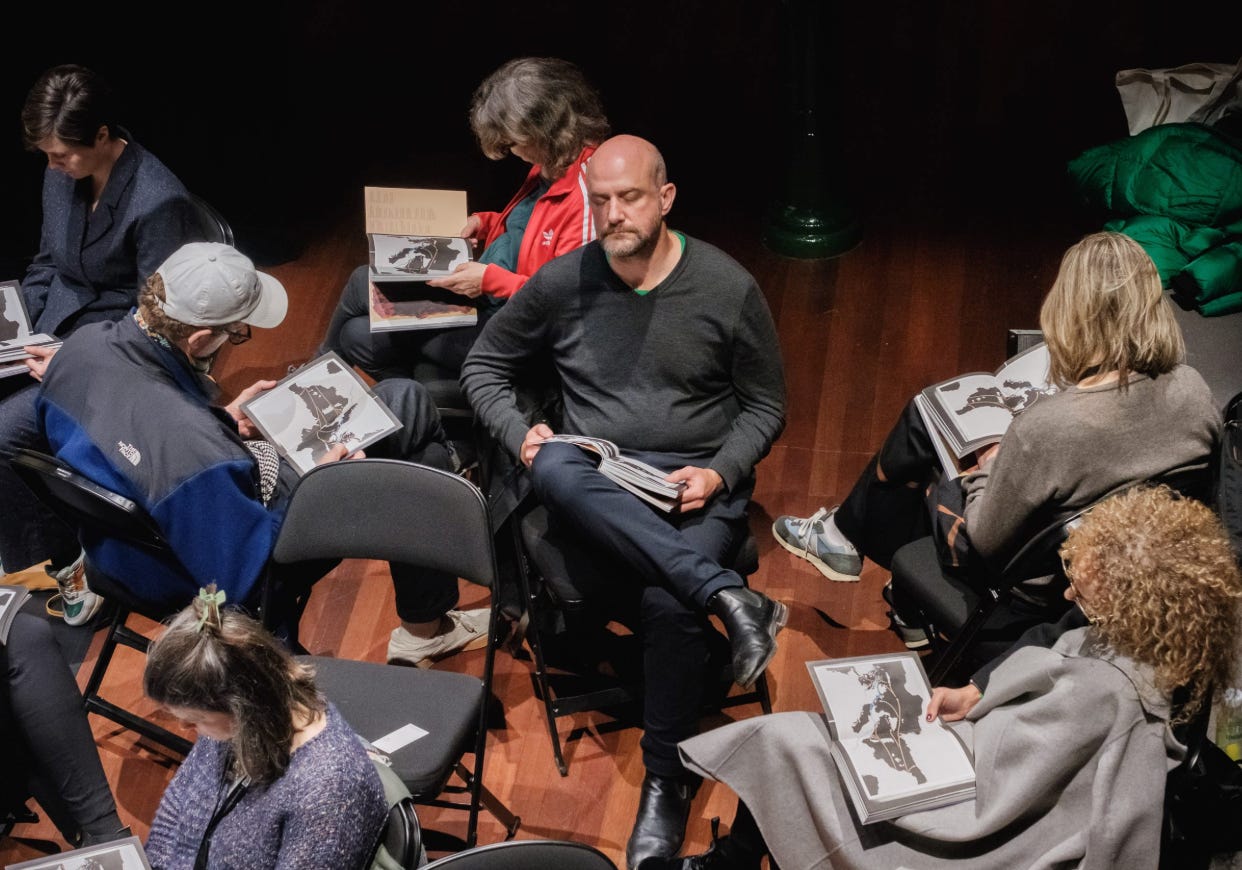






Curious to read (or rather experience the book myself)! Are the images textured in any way? Such that you touch, feel, and experience? Thank you for sharing Stefy, your posts are always enriching!
Great read. I also love the cover gif/video! How did you make it/do you have the source? :)